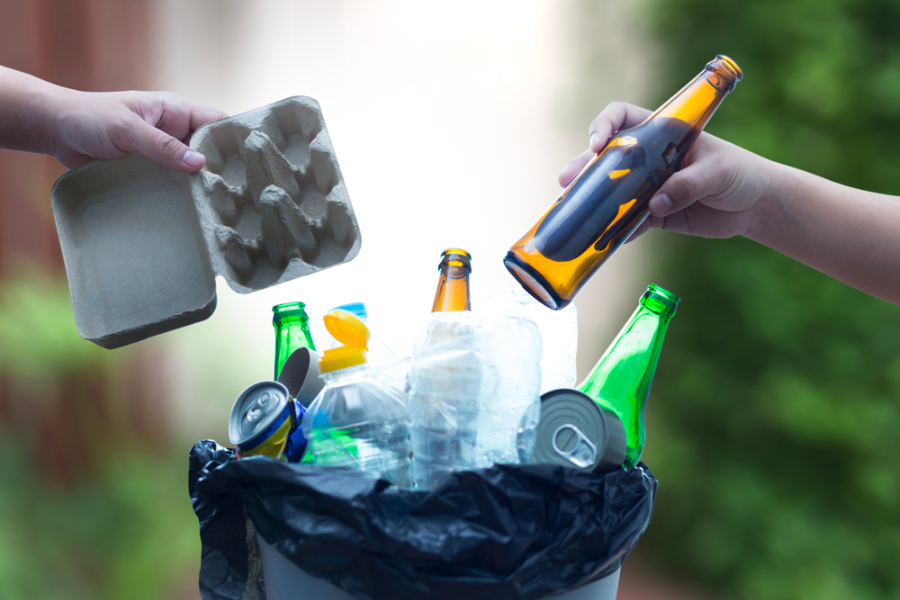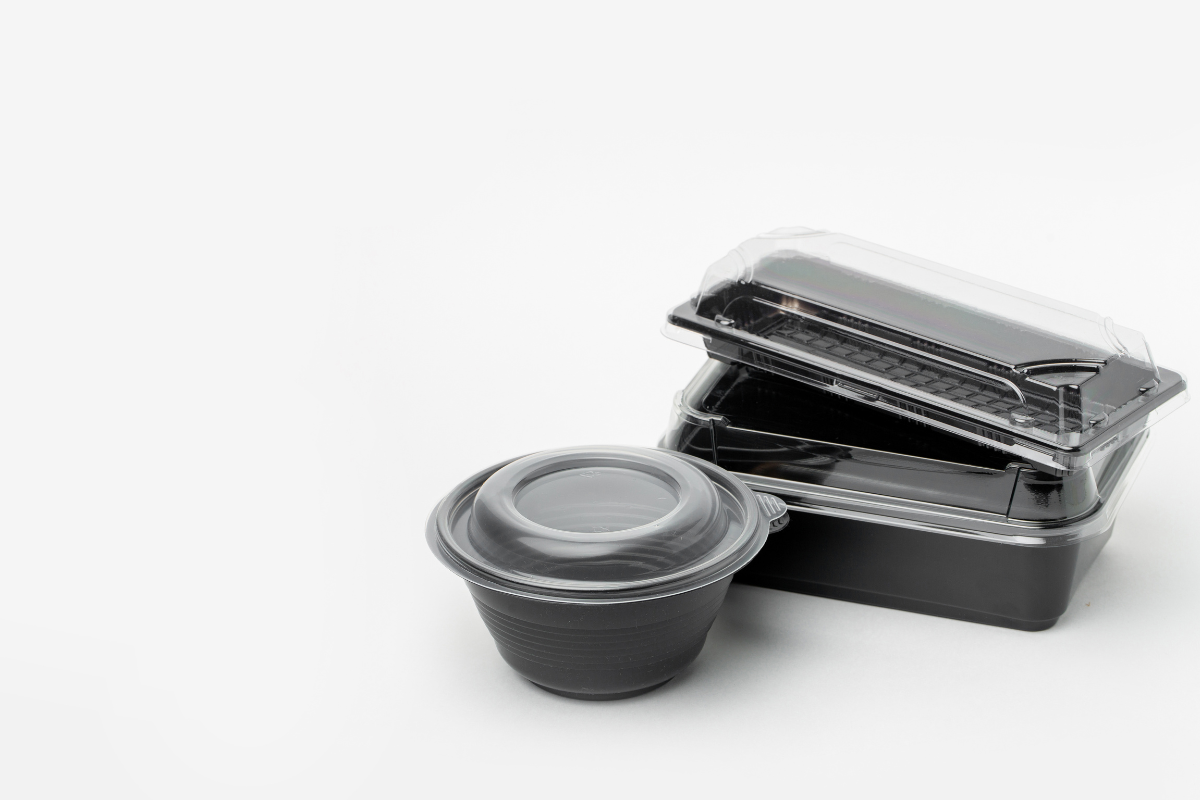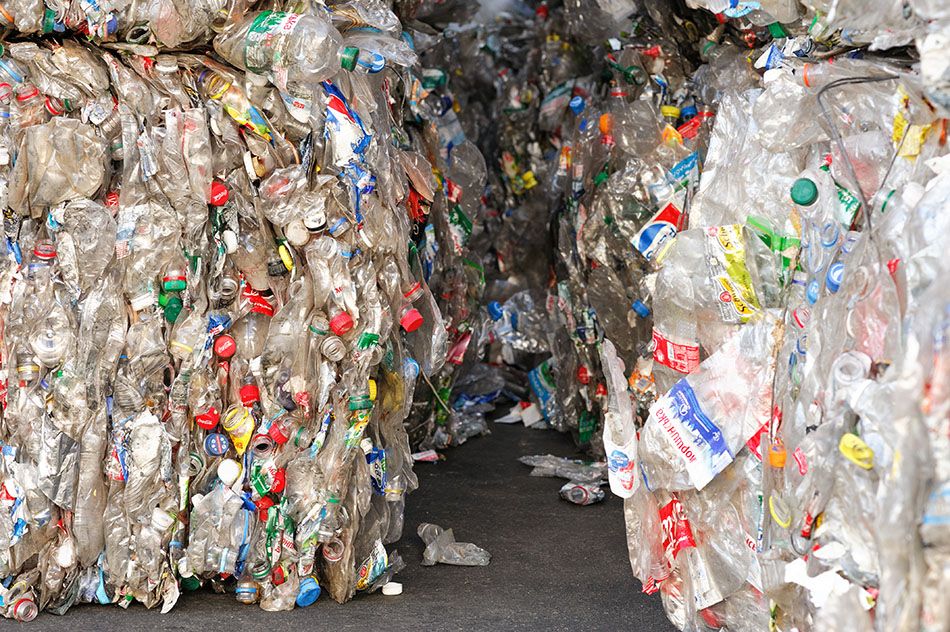
Circular Services’ MRF in North Texas will carry a $61 million investment and total 120,000 square feet. | Photo courtesy Circular Services
A southwest Alabama materials recovery facility that drew state and industry financial support has opened its doors, marking a significant step in localizing processing and lowering costs for area municipalities. Meanwhile, Circular Services broke ground on a single-stream MRF to serve a North Texas community. Continue Reading









